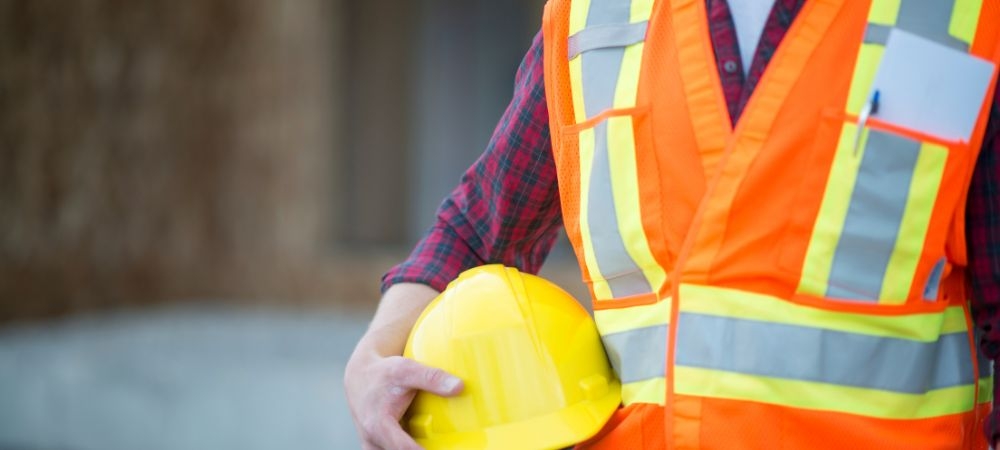

You know, public safety is one of those things we often take for granted until something goes wrong. It's like the air we breathe – invisible but crucial. Without it, society would be in chaos. Get the news view right now. And that's not an exaggeration.
First off, let's talk about the basics. Public safety encompasses everything from law enforcement and fire services to emergency medical response and disaster preparedness. Imagine a world where none of these systems existed. Scary, right? If there were no police officers patrolling our streets, crime rates would skyrocket. People wouldn't feel safe walking around their neighborhoods or letting their kids play outside.
But it's not just about crime prevention; public safety also involves health and well-being. Think about how essential emergency medical services are during accidents or sudden illnesses. Without paramedics and well-equipped hospitals, countless lives would be lost every day simply because help couldn't arrive on time.
Moreover, natural disasters present another huge threat to public safety. Earthquakes, hurricanes, floods-you name it-can strike without warning, leaving devastation in their wake. added details available check it. Effective disaster preparedness programs can mean the difference between life and death for thousands of people.
Now you might think: “Oh come on! Aren't all these services expensive?” Well sure they are! But the cost of neglecting public safety is far greater in both human and economic terms. When communities feel unsafe, businesses suffer too because who wants to shop or invest in a risky area? No one does!
Public safety isn't just the responsibility of government agencies either; it's a community effort. Engaging citizens through neighborhood watch programs or first aid training sessions enhances overall security and resilience.
And hey, let's not forget mental health! In today's fast-paced world where stress levels are through the roof (thanks social media!), having accessible mental health resources is part of ensuring public safety too.
So yeah, while we might grumble about taxes or see flashing sirens as mere nuisances sometimes-they're actually lifelines keeping our society together. We can't ignore that importance even if we tried! Public safety allows us to live our lives with some peace of mind knowing that there's a system ready to protect us when needed.
In essence folks-public safety isn't just important-it's vital!
Public safety is one of those terms that often gets thrown around, but do we really grasp what it entails? When you get down to the nitty-gritty, there are some key elements and components that form the backbone of public safety. It's not just about police officers patrolling the streets or firefighters rushing to a blaze, although, let's face it, those folks play an enormous role. There's more to it than meets the eye.
First off, let's talk about emergency response services. These are your first responders – police, fire departments, ambulances. They're the ones who show up when things go south. But it's not just about having them; it's also crucial they have proper training and equipment. You wouldn't want an under-equipped firefighter trying to tackle a raging inferno or a paramedic without essential medical supplies.
Next on the list is community involvement. Believe it or not, public safety isn't just something that professionals handle; it involves regular citizens too. Neighborhood watch programs, community policing initiatives – these aren't just fluff concepts. They're practical ways for people to take part in their own safety and well-being. When communities work together with law enforcement agencies, they create safer environments for everyone.
Another component that's often overlooked is mental health services. We can't ignore how mental health issues impact public safety. Many incidents that require a response could be mitigated if mental health resources were more accessible and robustly integrated into public safety protocols. Think about it – providing support for individuals struggling with mental illnesses can prevent crises before they escalate.
Then there's technology and infrastructure which play a vital role in modern-day public safety measures. Surveillance systems, communication networks, disaster alert systems – all these technological advancements help monitor and manage potential threats efficiently. However, technology isn't infallible; there's always room for human oversight.
Education and awareness also stand out as critical elements of public safety; they're usually underestimated though! Public education campaigns about fire drills, emergency procedures, even basic first aid can make all the difference during an actual crisis.
Lastly - policy making is another cornerstone of effective public safety frameworks! Laws and regulations ensure there's a structured approach towards maintaining order while protecting citizens' rights at the same time! Without coherent policies - chaos would reign supreme!
So yeah! Public Safety isn't confined just within flashing sirens or blaring alarms! It encompasses much more: from well-trained emergency responders to active community participation; integration of mental health services alongside cutting-edge technologies; educational initiatives paired with sound policymaking!
In conclusion (not that this was exhaustive), understanding those key elements gives us better insight into what truly keeps our societies safe! After all - everyone deserves peace of mind knowing they're protected by comprehensive measures ensuring their welfare every single day!
Community policing has always been a hot topic when it comes to enhancing public safety.. It's about building trust and cooperation between the police force and the communities they serve.
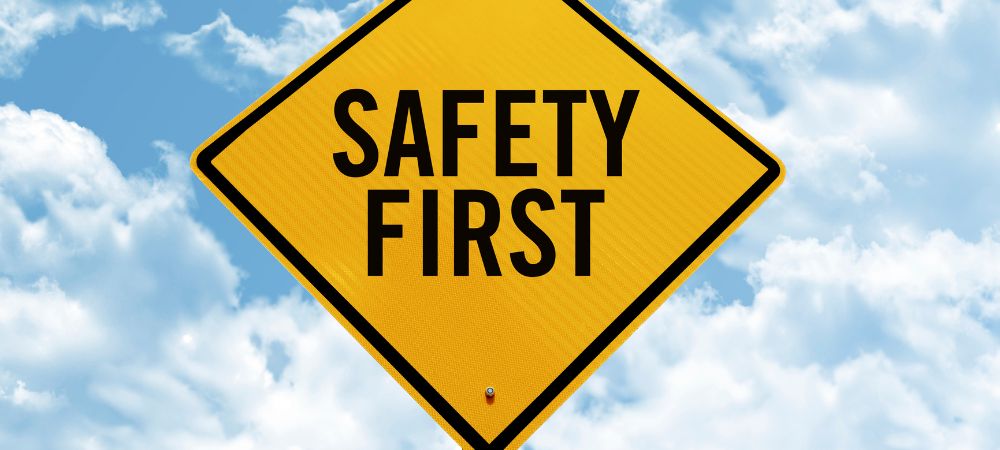
Posted by on 2024-07-06
Emergency response times are critical for public safety outcomes, and improving them can have a significant impact on the well-being of communities.. It's not an exaggeration to say that every second counts during emergencies.
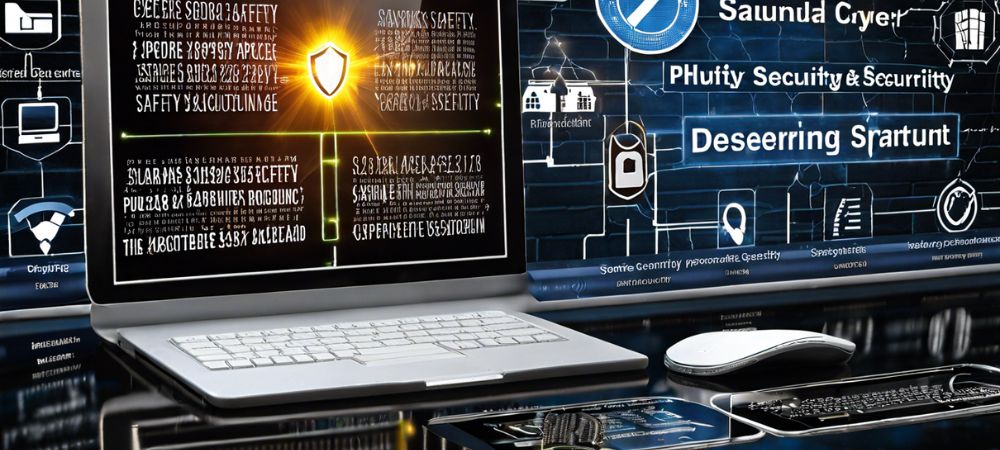
Posted by on 2024-07-06
In today's digital age, promoting public awareness and education on cyber hygiene practices is more crucial than ever.. Cybersecurity measures play a vital role in ensuring public safety, yet many folks don't realize just how important they are until it's too late.
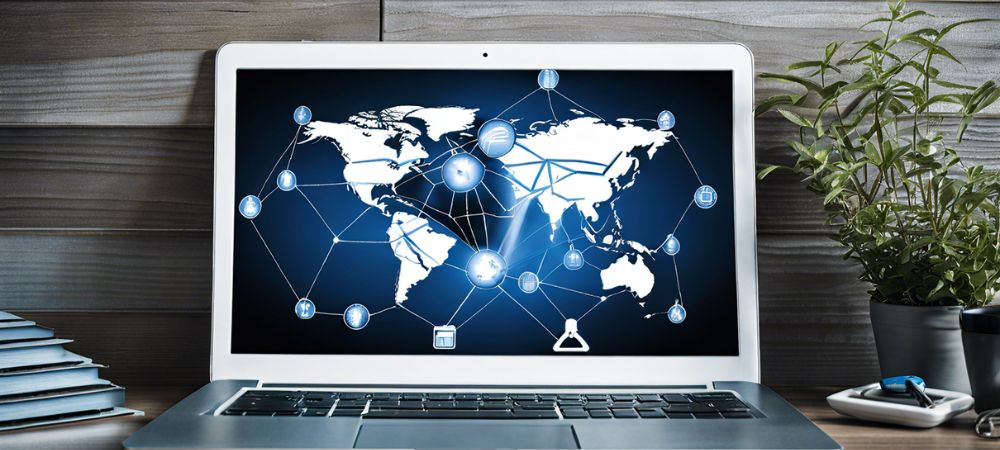
Posted by on 2024-07-06
In today’s fast-paced world, safeguarding your community isn't just a necessity; it’s an art.. Many communities have thrived by following some essential steps that might not be immediately apparent to everyone.
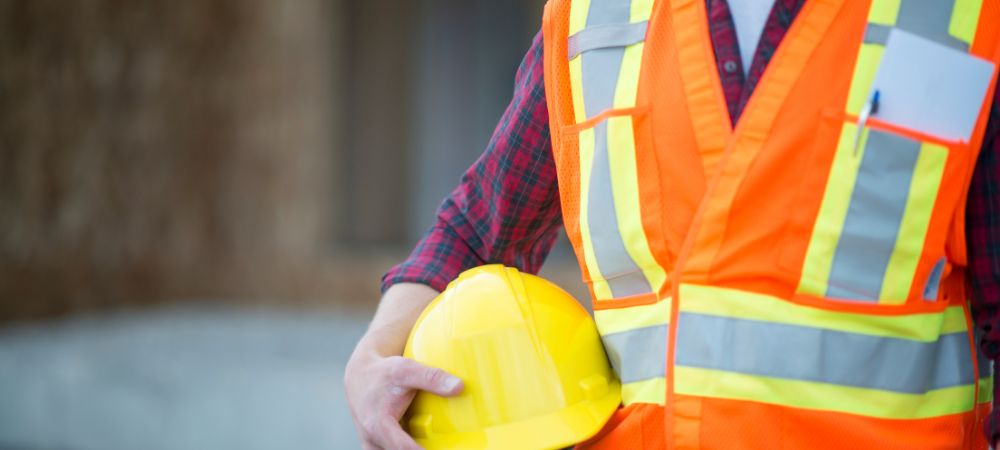
Posted by on 2024-07-06
When we talk about transforming public safety, particularly in our neighborhoods, one of the most effective strategies is fostering youth engagement programs.. It ain't just about keeping kids off the streets; it's about giving them positive outlets that can actually change their lives and reduce juvenile delinquency.
You see, young people need direction.

Posted by on 2024-07-06
The role of government and law enforcement agencies is crucial in maintaining the order and ensuring justice in our society. It's not something we can just ignore or take lightly. Governments are there to create laws that protect us, while law enforcement agencies make sure those laws are followed. Without them, chaos would probably reign supreme.
First off, let's talk about the government's role. They don't just sit around making rules for fun; they're supposed to be looking out for our best interests. When they craft laws, it's usually because there's a need to address some issue or problem within society. Be it traffic regulations to keep roads safe or anti-discrimination laws to promote equality, these rules aim to create a fairer environment for everyone.
Now, you'd think that once these laws are made, everyone's going to follow them religiously-wrong! That's where law enforcement comes into play. Agencies like the police aren't there just to catch bad guys; they're also there to prevent crimes from happening in the first place. Through community engagement and public education, they try their best to deter people from breaking the law.
But let's face it: No system is perfect. There have been instances where both government policies and law enforcement practices have fallen short of expectations. Corruption exists, abuses happen-it's not all sunshine and rainbows. Yet despite these flaws, we can't deny their importance in holding society together.
One thing worth mentioning is how technology has changed the game for these institutions. From body cams on police officers to sophisticated surveillance systems used by governments, advancements in tech have made it easier (and sometimes harder) for them do their jobs effectively.
However-and this is important-it's up citizens too hold these bodies accountable when they mess up or overstep boundaries. Protests, petitions and even voting are ways people can voice discontent and push for change.
In conclusion, while neither government nor law enforcement agencies are without faults-they play indispensable roles in keeping society functioning smoothly-or at least as smoothly as possible given human nature's complexities! So next time you see a cop on patrol or hear about new legislation being passed remember that behind all bureaucracy lies an effort maintain peace order-even if it doesn't always seem like it!
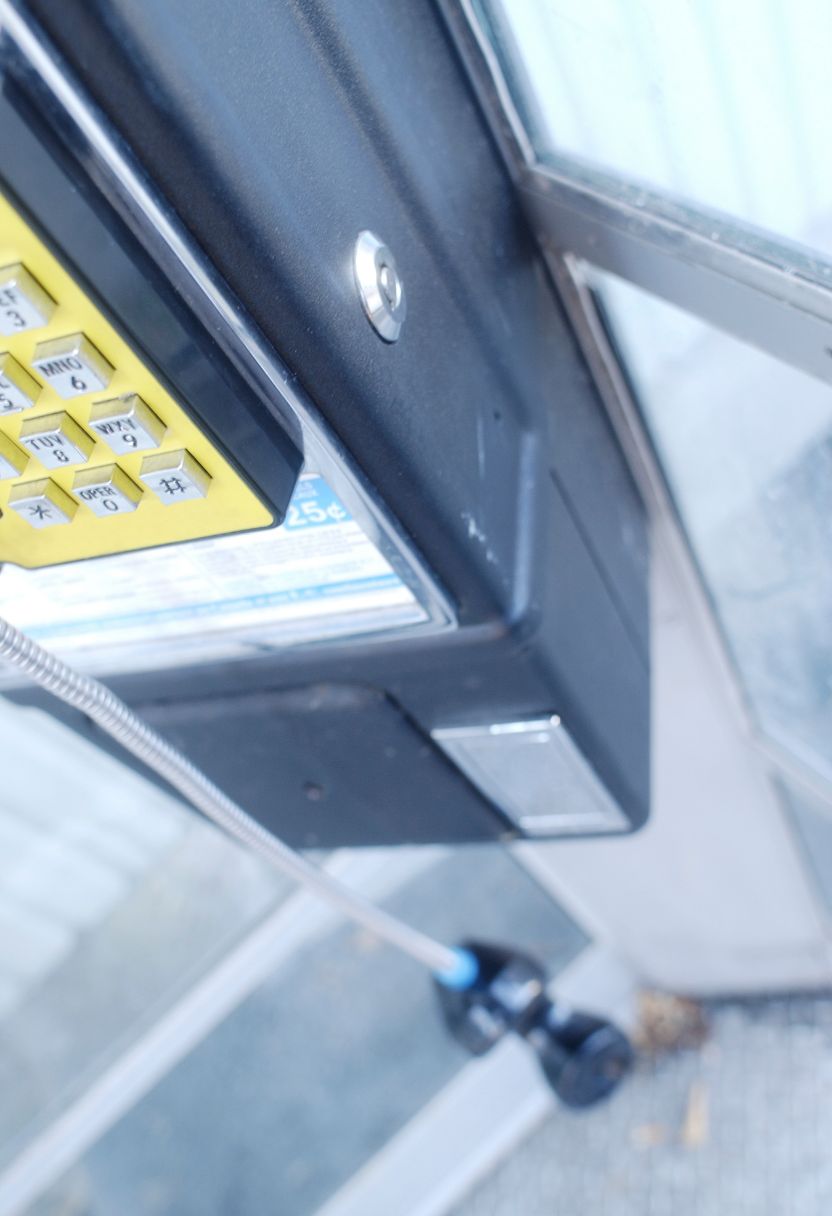
Community Involvement in Enhancing Public Safety
You know, it's kinda funny how we often think that public safety is solely the responsibility of law enforcement and government agencies. But, hey, it ain't just their job! Community involvement plays a crucial role in enhancing public safety. And if you ask me, it's something we should all be more aware of.
Firstly, when community members are actively engaged, they help create an environment where everyone feels responsible for each other's well-being. It's not like they can't make a difference – they absolutely can! Simple actions such as reporting suspicious activities or participating in neighborhood watch programs go a long way. It's not about snooping around; it's about caring for your surroundings.
Moreover, community events and meetings provide a platform for residents to voice their concerns and suggestions regarding local safety issues. If nobody speaks up, nothing's gonna change, right? These gatherings foster stronger relationships between residents and local authorities. When people trust each other more, they're more likely to collaborate on initiatives aimed at improving security.
Education is another area where community involvement makes a huge impact. By organizing workshops and training sessions on topics like emergency preparedness or self-defense, communities equip themselves with the knowledge needed to handle potential threats. You'd be surprised at how much people don't know until someone takes the time to teach them.
And let's not forget about youth engagement. Encouraging young folks to participate in community activities keeps them outta trouble and instills a sense of responsibility early on. Programs like after-school sports or arts projects give kids constructive ways to spend their time rather than getting involved in risky behaviors.
But hey, let's be real – there are challenges too. Not everyone has the time or resources to get involved as much as they'd like. Some people feel disconnected from their communities due to various social barriers. Addressing these issues requires collective effort and understanding from both residents and officials alike.
In conclusion, while law enforcement does play an essential role in maintaining public safety, it ain't just up to them alone. Community involvement significantly enhances public safety by promoting vigilance, fostering communication with authorities, educating residents, and engaging the youth positively. So next time you think about what makes your neighborhood safe – remember that you're part of the equation too!
Oh boy, when we talk about modern technologies and innovations in public safety, it's like opening a treasure chest of cool gadgets and groundbreaking ideas. But let's not get too ahead of ourselves; there's always some pros and cons to consider. So, what are these fancy new tools that help keep us safe?
First off, you can't ignore the role of drones. These flying wonders have revolutionized how we look at public safety. Whether it's surveilling large areas during natural disasters or tracking down criminals in hard-to-reach places, drones got it covered. And hey, they're even used for delivering medical supplies now! Who would've thought?
Now, let's chat about artificial intelligence (AI). AI is everywhere these days and it ain't going away anytime soon. In public safety, AI's doing things like predicting crime hotspots using data analytics-kind of like a crystal ball but based on real numbers! It's also helping analyze footage from surveillance cameras faster than any human ever could.
Then there's the whole realm of body-worn cameras for law enforcement officers. These little devices aim to make policing more transparent and accountable. They record interactions between police officers and the public, which can be crucial for investigations later on. Yet, they're not without controversy; privacy concerns are still a big deal.
Biometrics is another game-changer in this field. Facial recognition technology has taken leaps forward but it hasn't been all smooth sailing. Sure, it's great for identifying suspects quickly but there's always worries about misidentification and racial bias.
Smart cities are also part of this conversation-cities equipped with sensors that can monitor everything from traffic flow to air quality to emergency situations in real-time! Imagine how much quicker first responders can act when they have that kind of information at their fingertips.
Of course, we've gotta mention cybersecurity too because what's tech without security? With so much data floating around-from personal info to critical infrastructure-the need to protect against cyber threats is greater than ever.
But hold up-it ain't all sunshine and rainbows. Some people argue that relying too heavily on technology can make us complacent or even vulnerable if those systems fail or get hacked. Plus, there's always the issue of cost; implementing these advanced systems isn't cheap!
So yeah, modern technologies and innovations are reshaping the landscape of public safety in ways we couldn't've imagined a few decades ago. Drones buzz overhead while AI predicts our next moves; body cams record every moment while smart cities hum with life-all aiming to keep us safer than before.
In conclusion (and I promise this essay's almost done), it's clear that these advancements bring both opportunities and challenges. We've gotta embrace them cautiously but optimistically because who knows what'll come next? Maybe flying cars patrolling our skies or robots as firefighters? The future's wide open!
Whew! That was quite a ride through the world of modern tech in public safety-and guess what? We're just scratching the surface here!
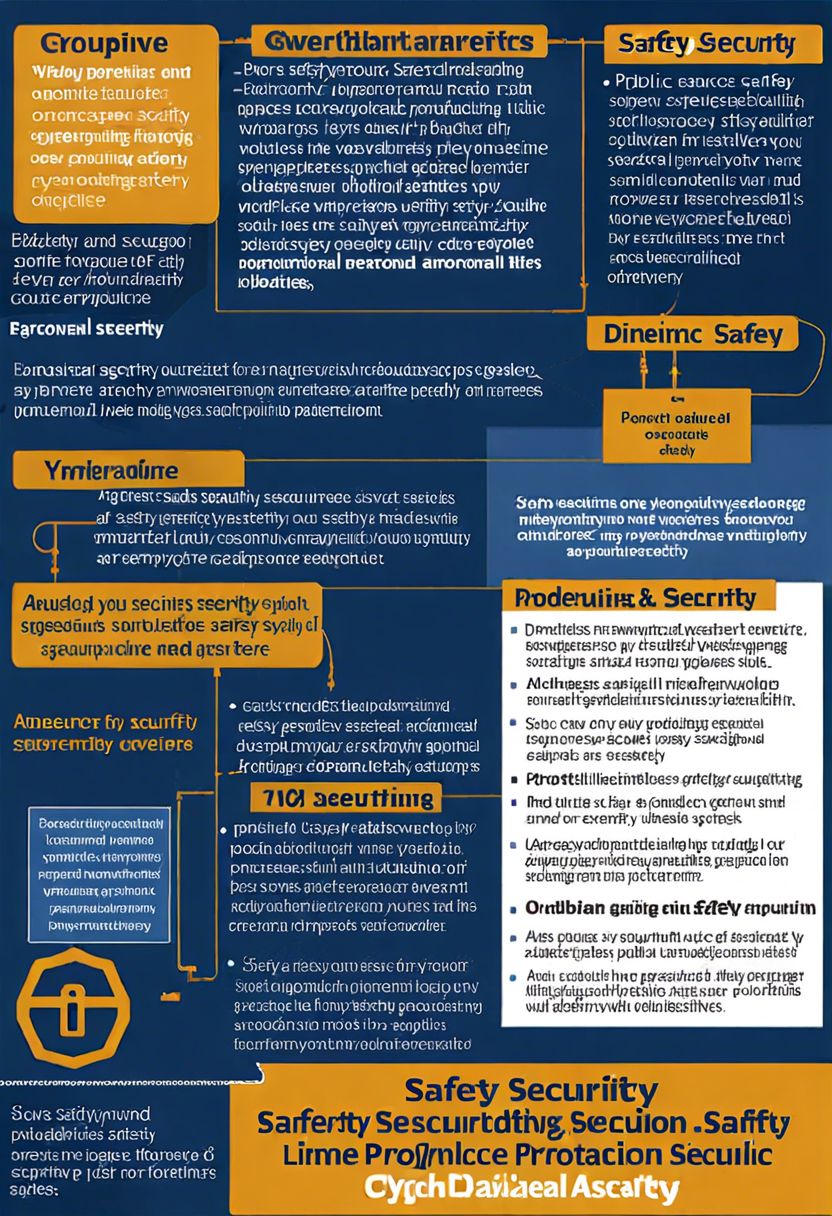
Maintaining public safety ain't no walk in the park. It's a realm fraught with challenges that can, at times, feel overwhelming. But hey, where there are problems, there are solutions too! Let's dive into some of these hurdles and how they're being tackled.
First off, one can't ignore the sheer complexity of modern-day crime. Criminals today aren't just robbing banks with masks on; they're hacking into systems from halfway across the world. Cybercrime is one beast that's proving particularly tough to tame. Law enforcement agencies often find themselves playing catch-up with tech-savvy criminals who seem to be always one step ahead. To combat this, many police departments are investing heavily in technology and training officers to handle cyber threats better.
But technology alone isn't enough. There's also the issue of community trust – or rather, lack thereof. Recent years have seen a significant erosion of trust between communities and law enforcement agencies. This ain't just a minor hiccup; it's a major roadblock in maintaining public safety. People are less likely to report crimes or cooperate with investigations if they don't trust the police. The solution? Community policing initiatives that encourage officers to build relationships with residents could help bridge this gap.
Oh boy, then there's budget constraints! Public safety departments often operate under tight budgets which limit their ability to hire more personnel or invest in necessary equipment. It's like asking someone to paint a masterpiece but only giving them two colors! Some cities have begun seeking alternative funding sources such as grants or partnerships with private organizations to ease this financial strain.
And let's not forget about mental health issues among both citizens and first responders. Addressing mental health crises requires special skills that most police officers weren't trained for initially. Moreover, first responders themselves face immense stress which can lead to burnout or worse if not properly managed. Many places are now integrating mental health professionals into their response teams and offering better support services for their own staff.
Lastly, we gotta talk about natural disasters and emergencies that pose unique challenges for public safety officials – think hurricanes, earthquakes or pandemics (hello COVID-19!). These events require rapid coordination between multiple agencies and clear communication channels which sometimes get tangled up like spaghetti! Solutions here include regular drills, improved inter-agency cooperation protocols and investment in resilient infrastructure.
In conclusion folks - yes there're considerable challenges when it comes to maintaining public safety but equally viable solutions exist too! By leveraging technology wisely while fostering community trust & ensuring adequate funding along with addressing mental health concerns effectively - we're well on our way towards safer communities even amidst unpredictable calamities.